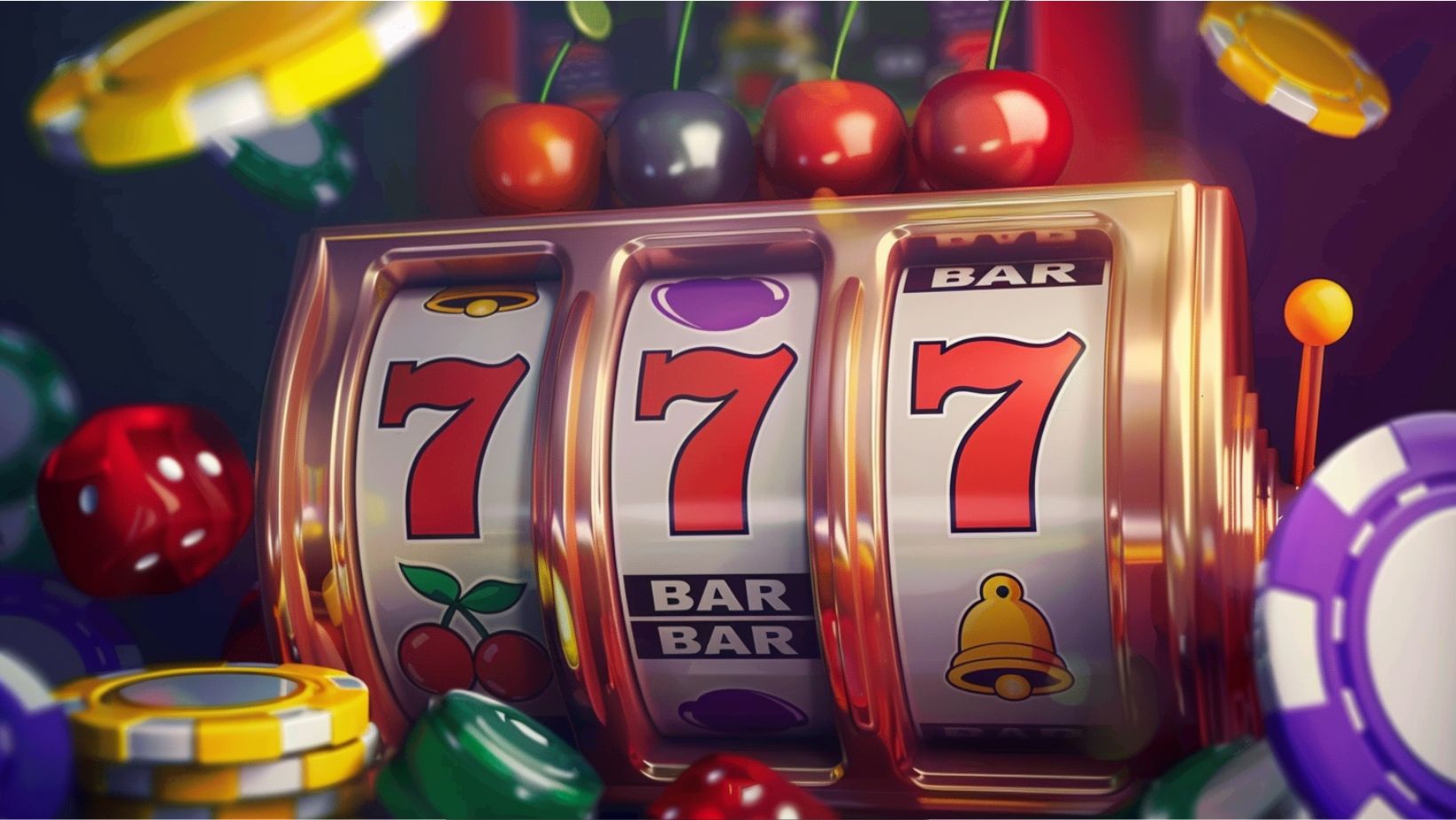
You could walk into the old Four Queens in downtown Vegas, any time between 1970 and 1990, and find it there. A clatter. Not quite music. A whir, a thunk, a bell. The mechanical slot machine — awkward, upright, oddly dignified — waiting for a coin and a pull. Three reels. Maybe a bar symbol. Maybe cherries. If you were lucky, a Liberty Bell. If you weren’t, a small shrug from the universe and back to your stool.
Slot machines, as they were, started small. Late 19th century. New York, then San Francisco. First, a poker-based contraption with fifty cards and a hand crank. Then, in 1894, a man called Charles Fey, in a workshop on Market Street, gave the world its first recognizable slot machine. Three reels, automatic payouts. He called it the Liberty Bell. It didn’t make him rich — too many imitators — but it did mark the beginning of something large, garish, and enduring, a lineage that stretches today from Las Vegas to online platforms like süperbahis.
More Than Fruit
Most modern players have never touched a real lever. They’ve clicked. They’ve tapped. They’ve swiped. Online slots have overtaken their mechanical cousins not just in popularity but in cultural visibility. Bright, busy, fast. The machine itself is now a metaphor — a suggestion of chance, control, and timing — more than it is a piece of furniture. Sites like Jackpot City have leaned into this evolution, offering hundreds of themed titles: Egyptian queens, interstellar pigs, wizard schools, Aztec treasures, and five different types of Irish luck.
Crucially, these online slots aren’t just copies of the old games with flashier clothes. The underlying mathematics, the game loops, even the sound design — all rebuilt. You don’t just pull and wait. You get bonus rounds, tumbling reels, win multipliers, and narrative arcs. Some players chase nostalgia. Others chase novelty. Platforms like Jackpot City understand that both exist and have made room for them in the same digital lobby. The past, it turns out, sells quite well when it glows in high definition.
Electricity and Illusion
By the 1960s, the click of metal gave way to the buzz of wires. Bally Manufacturing introduced the first fully electromechanical slot in 1963: the Money Honey. No springs. Just circuits. And, importantly — it was the first to offer jackpots bigger than the coin box could hold. Payouts moved to the wall behind the bar. Slots became serious business.

Electricity allowed for more than convenience. Suddenly, there could be more reels. More sounds. Lights. A sense that you were part of something larger than a mechanical pattern. This was also the age of fruit machines and nudges in Britain — where the gameplay, though modest in stakes, was often oddly compelling. In pubs, in seaside arcades, in the corner of the bookies — a quiet whirl of fruit, bars, bells, and buttons, accompanied by a packet of crisps and a low-stakes optimism.
Pixels Take Over
The next great shift was digital. The first video slot appeared in 1976, and it was developed in California by a company called Fortune Coin. It was crude by today’s standards — a screen in a cabinet, really — but it worked. It felt new. And once regulators and casinos warmed to the idea, it took off.
By the 1990s, software was doing all the heavy lifting. Slots were no longer bound by physical reels or mechanical stops. You could have five reels or six. Twenty paylines, or a thousand. Symbols could animate. Music could swell. The games began to reward time as well as luck — offering players experiences, not just outcomes. They became less about winning and more about staying. A slot machine, in this era, was both a game and a trapdoor. Players knew it and often didn’t mind. Many settled in with a cup of coffee, prepared to play for hours.
The Jump Online
The internet did what the casino floor could not: it took the slot machine out of space and into time. Suddenly, there was no need for tokens, stools, or ashtrays. Just a device and a connection. Jackpot City was one of the early adopters, offering players a way to bring their games with them wherever they went. No queues. No coin jams. Just a tap.
And the design changed again. What worked in a cabinet didn’t always work on a touchscreen. Developers began building games that assumed a moment of boredom in a queue, a sleepless night, or a five-minute escape on the train. Animations got faster. Bonus rounds are more frequent. Symbols larger. Noise, less shrill, more strategic. Online slots found their own rhythm, distinct from the clunky grandeur of the machines that came before.
Mobile, Micro, Mega
Mobile phones changed everything again. They made play constant — or nearly so. A slot game is now something that fits in your pocket. A hundred rounds in five minutes, or one round stretched over a coffee.

Developers adjusted, turning games into small-time commitments or full-time obsessions. Some slots began to tell stories. Others played like puzzles. Still, others relied entirely on randomness, celebrating the spin for its own sake.
And then came the jackpots. Not just jackpots, but progressives — pooled prize pots that grew with every spin across every player. Online, a single spin can — and occasionally does — change someone’s week, year, or life. These stories become lore. In 2015, one British soldier won £13.2 million from a 25p stake playing a progressive online slot. The appeal isn’t subtle, and it doesn’t need to be. It’s there in the numbers.
FAQs
When was the first slot machine invented?
The first recognizable slot machine was the Liberty Bell, developed by Charles Fey in San Francisco in 1894.
What’s the difference between classic and video slots?
Classic slots typically have three reels and simple symbols, often modeled on early mechanical machines. Video slots use software to create five or more reels, detailed themes, and bonus features.
Can I play old-school slots online?
Yes. Many online casinos — including Jackpot City — offer retro-style games alongside modern ones.
Are online slots fair?
Legitimate online casinos use random number generators (RNGs) certified by regulators to ensure fairness. Always check that the platform is licensed.






